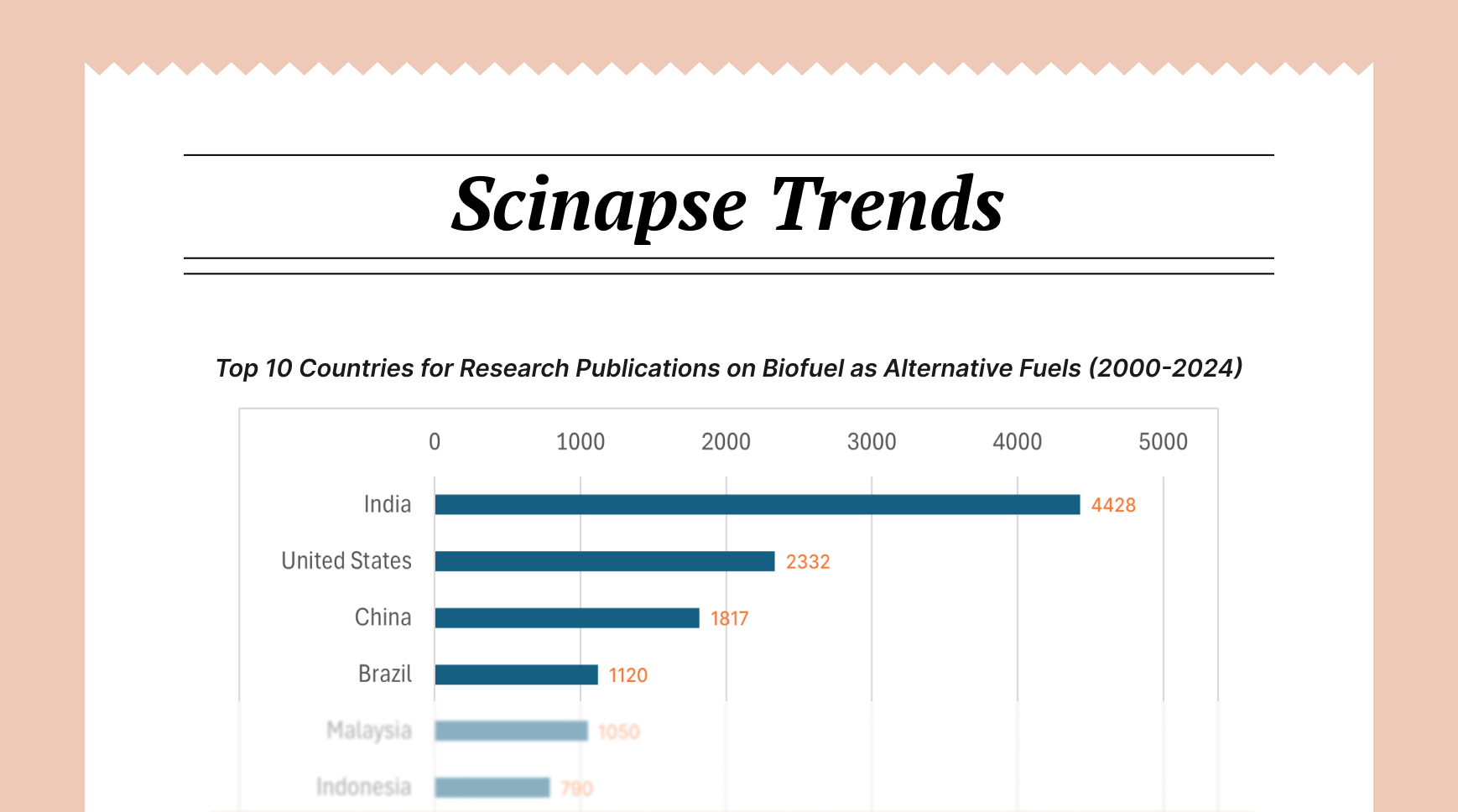Decoding the PI3K/AKT/mTOR Signaling Network: Emerging Therapeutic Strategies and Mechanistic Insights
PI3K/AKT/mTOR Signaling: Cancer therapeutics, resistance, mTORC1/2 roles, autophagy/ferroptosis interplay & mechanistic insights.
Introduction
The PI3K/AKT/mTOR signaling pathway is a central regulator of cell growth, proliferation, metabolism, and survival. Dysregulation of this pathway is implicated in a wide range of diseases, including cancer, metabolic disorders, and neurological conditions. This mini-review summarizes recent advancements (2020-2024) in understanding the intricacies of this pathway and its therapeutic implications, focusing on key areas of research as reflected in the provided literature.
PI3K/AKT/mTOR in Cancer: Therapeutic Targeting and Resistance Mechanisms
A significant portion of recent research has focused on the PI3K/AKT/mTOR pathway's role in cancer and the development of targeted therapies. Several reviews have provided comprehensive overviews of the pathway and its relevance to various cancers (Alan Prem Kumar's group, 2020, 2021, 2022, 2023 Antonino Glaviano et al., 2020, International Journal of Molecular Sciences; Yan Peng's group, 2020, 2021, 2022 [Yan Peng et al., 2020, Front. oncol.]). These works highlight the potential of targeting this pathway for cancer treatment, while also acknowledging the challenges of drug resistance.
Specific cancers, such as breast cancer (Hong Zheng's group, 2022 [Kunrui Zhu et al., 2022, Cells]; Xiaojia Wang's group, 2024 [Huanping Zhang et al., 2024, Breast Cancer]), non-small cell lung cancer (Aaron C. Tan's group, 2020 [Aaron C. Tan et al., 2020, Thoracic Cancer]), hepatocellular carcinoma (Lionel Hebbard's group, 2021 [Eun Jin Sun et al., 2021, Biomedicines]), prostate cancer (Helen Pearson's group, 2020 [Boris Shorning et al., 2020, International Journal of Molecular Sciences]; Elisabetta Tortorella's group, 2023 [Elisabetta Tortorella et al., 2023, International Journal of Molecular Sciences]), pancreatic cancer (Omidreza Firuzi's group, 2022 [Motahareh Mortazavi et al., 2022, Critical Reviews in Oncology/Hematology]), acute myeloid leukemia (Håkon Reikvam's group, 2020 [Ina Nepstad et al., 2020, International Journal of Molecular Sciences]), and glioblastoma (Mohammad Arad Zandieh's group, 2023 [Mehrdad Hashemi et al., 2023, Biomedicine & Pharmacotherapy]) have been specifically investigated in the context of PI3K/AKT/mTOR signaling. These studies highlight the pathway's involvement in cancer stem cell maintenance (Ghasem Barati's group, 2022 [Mohsen Karami Fath et al., 2022, Pathology - Research and Practice]), drug resistance (Sanyuan Hu's group, 2022 [Shuohui Dong et al., 2022, Journal of Experimental & Clinical Cancer Research]; Rongfang He's group, 2023, 2024 [Xueqi Ou et al., 2023, Drug Resistance Updates]), and immune evasion (Jean J. Zhao's group, 2023 [Johann S. Bergholz et al., 2023, Nature]).
Furthermore, Bart Vanhaesebroeck's group (2020, 2021 [Bart Vanhaesebroeck et al., 2020, Nature Reviews Drug Discovery]) provided insights into the development and clinical progress of PI3K inhibitors, noting their increasing maturity as therapeutic agents. Eunüs S. Ali's group (2022 [Eunüs S. Ali et al., 2022, Cancer Cell International]) reviewed the advances and limitations of mTOR inhibitors in cancer treatment.
mTOR Complexes: Regulation, Function, and Role in Disease
Another prominent area of research concerns the mechanistic details of mTOR signaling, particularly the distinct roles of mTORC1 and mTORC2. Estela Jacinto's group has published comprehensive reviews on the regulation and metabolic functions of both mTORC1 and mTORC2 (2020, 2021 [Angelia Szwed et al., 2020, Physiological Reviews]) and specifically on mTORC2 signaling networks (2024 [Aparna Ragupathi et al., 2024, Biochemical Journal]). Alejo Efeyan's group has focused on the mTOR-autophagy axis and its control of metabolism (2020, 2021 [Nerea Deleyto-Seldas et al., 2020, Front. cell dev. biol.]).
Studies have also investigated the structural aspects of mTORC1. James H. Hurley's group elucidated the structure of the lysosomal mTORC1-TFEB-Rag-Ragulator megacomplex (2022, 2023 [Zhicheng Cui et al., 2022, Nature]), providing valuable insights into the mechanisms of mTORC1 activation.
The role of mTOR in specific diseases beyond cancer has also been explored. Stéphanie Baulac's group reviewed the involvement of the mTOR pathway in brain mosaicism in epilepsy (2023 [А. В. Герасименко et al., 2023, Neurobiology of Disease]), while Bassem Sadek's group examined the association between mTOR signaling disruption and autism spectrum disorder (2023 [Shilu Deepa Thomas et al., 2023, Molecules]). Nicola Alesi's group demonstrated that TFEB drives mTORC1 hyperactivation and kidney disease in Tuberous Sclerosis Complex (2024 [Nicola Alesi et al., 2024, Nature Communications]).
Interplay with Autophagy and Ferroptosis
The interplay between the PI3K/AKT/mTOR pathway and autophagy has been a recurring theme. Md. Abdul Alim Al-Bari's group reviewed the molecular regulation of autophagy machinery by mTOR-dependent and -independent pathways (2020 [Md. Abdul Alim Al‐Bari et al., 2020, Annals of the New York Academy of Sciences]). Yixuan Li's group specifically focused on mTORC2 as a multifaceted regulator of autophagy (2023 [Yanan Sun et al., 2023, Cell Communication and Signaling]). Jianping Jia's group showed that Magnolol improves Alzheimer's disease-like pathologies and cognitive decline by promoting autophagy through activation of the AMPK/mTOR/ULK1 pathway (2023 [Xuechu Wang et al., 2023, Biomedicine & Pharmacotherapy]).
The connection between PI3K/AKT/mTOR and ferroptosis, a form of regulated cell death, has also gained attention. Jun-Mei Yi's group demonstrated that oncogenic activation of PI3K-AKT-mTOR signaling suppresses ferroptosis via SREBP-mediated lipogenesis (2020 [Jun-Mei Yi et al., 2020, Proceedings of the National Academy of Sciences]). Boyi Gan's group showed that mTORC1 couples cyst(e)ine availability with GPX4 protein synthesis and ferroptosis regulation (2021 [Yilei Zhang et al., 2021, Nature Communications]). Hua Su's group reviewed the regulation of ferroptosis by the PI3K/Akt signaling pathway as a promising therapeutic axis in cancer (2024 [Hua Su et al., 2024, Front. cell dev. biol.]).
Conclusion
Research on the PI3K/AKT/mTOR signaling pathway over the past five years has yielded significant advancements in understanding its complex regulation, diverse functions, and involvement in various diseases. While targeted therapies have shown promise, challenges remain in overcoming drug resistance and developing more specific inhibitors. Future research should focus on elucidating the intricate cross-talk between the PI3K/AKT/mTOR pathway and other signaling networks, as well as exploring novel therapeutic strategies that target specific components or downstream effectors of the pathway.
✨ About This POST
This mini-review post was generated through Scinapse. Scinapse provides reliable research trend analysis using citation analysis and AI technology.
Check out the trends in your field too!
Get started at https://scinapse.io


Comments ()